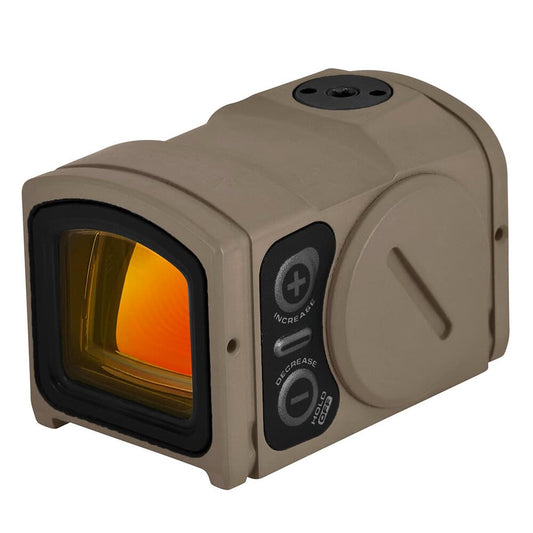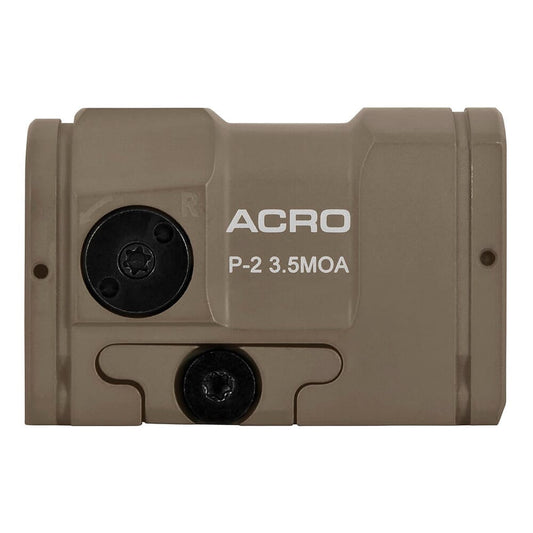Pulsar Telos XL50 Thermal Monocular features advanced long-range optics, allowing users to detect heat signatures up to 1,400 meters away. Ideal for outdoor enthusiasts and hunters, this monocular provides superior image clarity, ensuring nothing goes unnoticed in the dark. Its compact design enhances portability, making it easy to carry during extended outings. With user-friendly controls, adjusting settings for optimal performance in varying environments is quick and straightforward, enabling users to stay focused on their target.
Built for reliability, the Telos XL50 combines high-quality thermal imaging with durable construction, resistant to moisture and impacts. This makes it a dependable companion for precision shooting and nighttime excursions. The lightweight frame reduces fatigue, while its exceptional image quality ensures clear visibility even in total darkness or adverse weather conditions. The combination of these features positions the Telos XL50 as a practical tool for enhancing nighttime activities.
Features:
- HIGH DETECTION RANGE up to 1,400 meters ensures you identify targets well before they see you.
- COMPACT DESIGN for easy portability without sacrificing performance, making it an ideal choice for outdoor enthusiasts.
- USER-FRIENDLY INTERFACE allows for quick adjustments in the field, keeping your focus on the hunt.
- EXCEPTIONAL IMAGE QUALITY ensures clear thermal imaging, even in total darkness or adverse weather conditions.
- LONG BATTERY LIFE allows for extended use during long nights outdoors with minimal downtime.
- DURABLE CONSTRUCTION provides resistance against moisture and impacts, ready for any adventure.
- MULTIPLE IMAGE MODES enhance visibility and detail, giving you an edge in any situation.
- LIGHTWEIGHT FRAME reduces fatigue during prolonged use, so you can stay out longer on your expeditions.
Technical Specifications Table
| Specification | Details |
|---|---|
| Magnification | 2.5x - 10x |
| Lens Diameter | 50mm |
| Weight | 1.5 lbs |
| Dimensions | 12 x 4 x 3 inches |
| Material | Aluminum Alloy |
What’s in the Box?
- Pulsar Telos XL50 Thermal Monocular
- Lens covers
- Padded carry case
- Neck strap
- User manual
Customer Reviews
"The Pulsar Telos XL50 exceeded my expectations for night hunting - crystal clear images and solid build." - Jamie R.
"I love how lightweight it is! Perfect for long treks at night." - Tom W.
"Incredible thermal detection range! It transformed my night outings." - Sarah L.
FAQ
How does the Pulsar Telos XL50 compare to other thermal monoculars? The Telos XL50 offers superior detection range and image quality compared to most models in its price range. Its lightweight design and extended battery life are also key advantages for serious users.
What maintenance does the Telos XL50 require? Keeping the lenses clean with a soft cloth and storing it in a cool, dry place will ensure longevity. Regular battery checks will also help you avoid unexpected downtime.
Similar Models
Explore our range of thermal optics, including the Pulsar Axion Key and Pulsar Trail series for various thermal applications. Discover the perfect tool for your needs and enhance your outdoor adventures with our complete product collection.
You May Also Like
Here’s some of our most similar products people are buying. Click to discover trending style.







